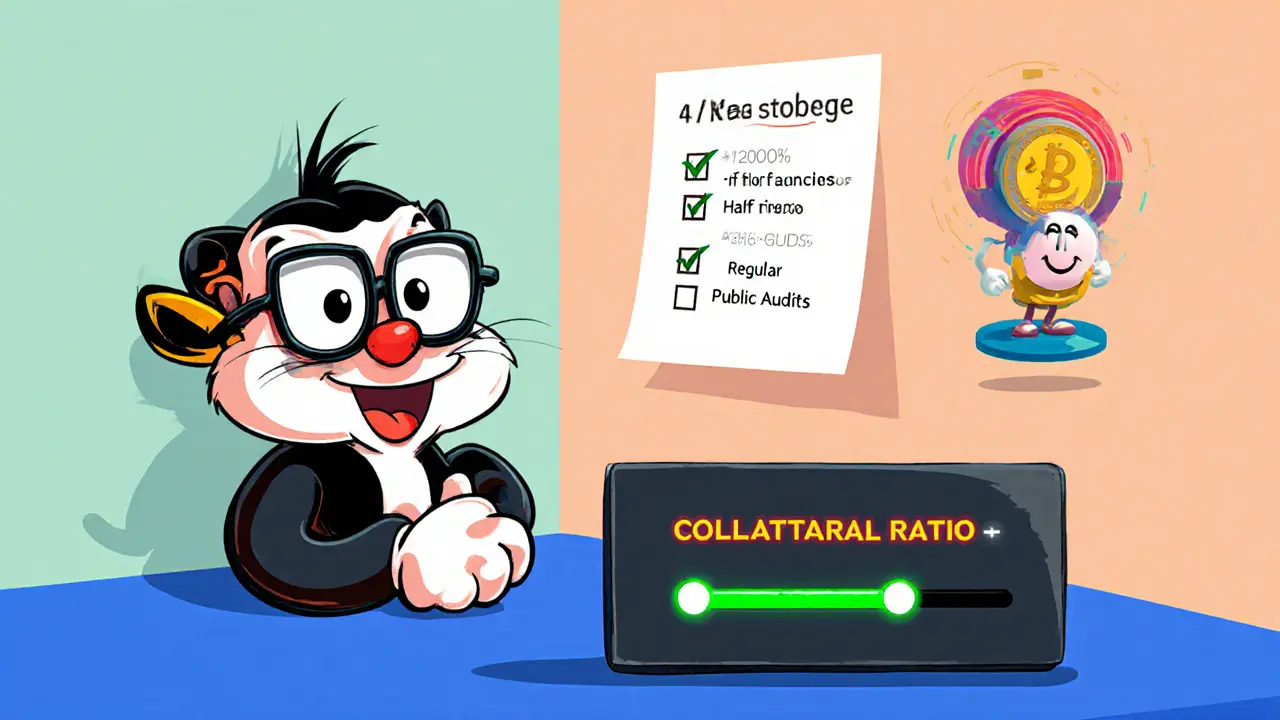Liquidity Runs
When working with Liquidity Runs, a sudden, large‑scale withdrawal of assets from a liquidity pool that can cause price slippage and market instability. Also known as run on liquidity, it often forces traders to rethink their strategies and pushes platforms to tighten risk controls.
One of the main players in a liquidity run is the Liquidity Provider, someone who stakes tokens into a pool to earn fees and support trading activity. When a run starts, providers may panic‑withdraw, shrinking depth and amplifying price impact. Another critical entity is the Decentralized Exchange, a smart‑contract‑based platform that lets users swap tokens without a central order book. DEXs rely on the health of their pools, so a rapid outflow can temporarily freeze swaps or push prices away from market rates. Finally, Market Makers, algorithmic or institutional actors that provide continuous buy and sell offers to keep markets liquid, step in to smooth the shock, but they need enough capital to do it effectively.
Key Factors Behind Liquidity Runs
Liquidity runs usually happen when a token’s price spikes or crashes, triggering panic selling. A recent example on a Solana‑based DEX showed how a 30% price drop emptied a pool in minutes, leaving traders with huge slippage. The speed‑security trade‑off of fast finality can also play a role: faster blocktimes let bots execute large orders quickly, but they also give less time for risk filters to react. When tokenomics include high staking rewards, providers may hop between pools, creating thinly‑balanced reserves that crumble under pressure. Another driver is a new airdrop announcement – sudden hype can attract a flood of new participants, and when the airdrop eligibility criteria change, many users rush to withdraw.
Understanding these triggers helps you prepare. For instance, monitoring token‑swap volumes on platforms like Saros Finance or PancakeSwap v2 on Base can give early warning signs. If you notice a spike in the “withdraw” metric on a pool’s dashboard, it might be time to adjust your exposure. Using cross‑chain tools such as Wrapped Everscale (WEVER) to diversify can also reduce the impact of a single pool’s run. Remember that each protocol has its own fee structure – high fees can discourage rapid withdrawals, acting as a friction that slows a run.
So what can you do when a liquidity run threatens your position? First, keep an eye on the pool’s depth; shallow pools are more vulnerable. Second, set stop‑loss orders that trigger before the price deviates too far from the market average. Third, consider allocating a portion of your assets to more stable pools that have strong market‑maker backing and lower volatility, like those on established DEXs with proven governance. Finally, stay updated on regulatory news – places like ADGM’s crypto framework or India’s tax enforcement can shift trader behavior, indirectly influencing run dynamics.
Below you’ll find a curated list of articles that dive deeper into each of these aspects – from detailed exchange reviews and tokenomics breakdowns to guides on fast finality trade‑offs and security best practices. Use them to arm yourself with the knowledge you need to navigate liquidity runs confidently and keep your portfolio on the peak of performance.

